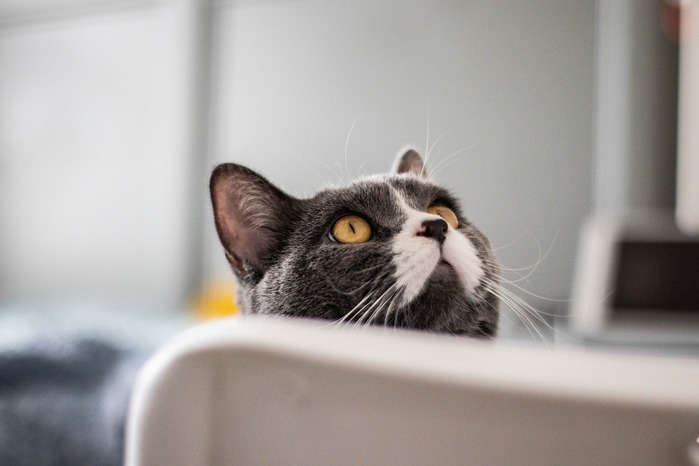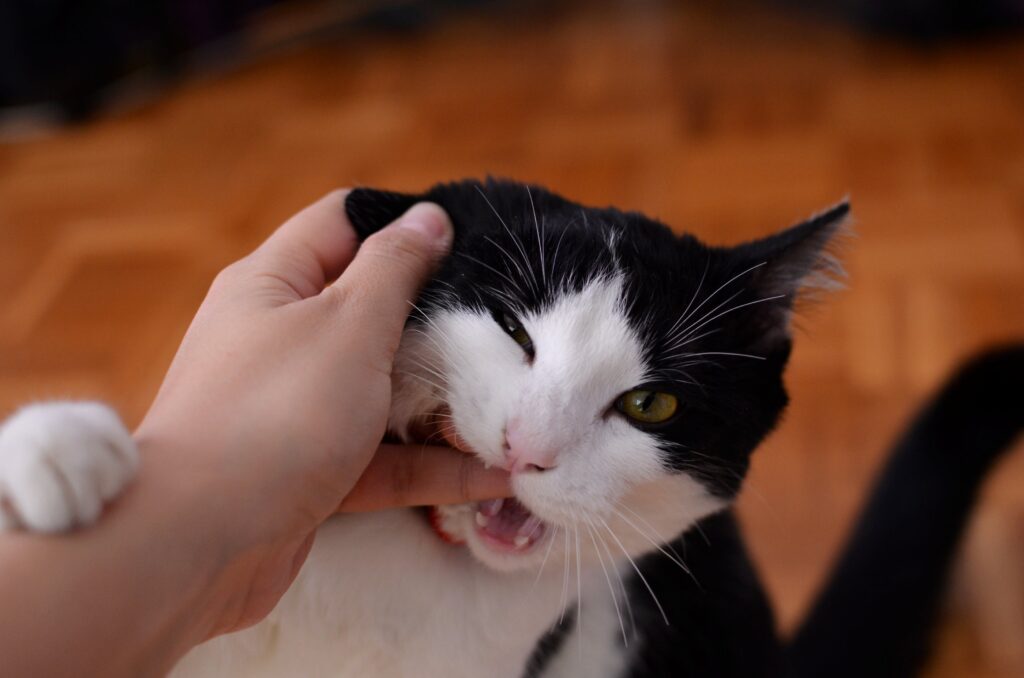What is Catnip? 5 important things you need to Know
We independently research, review, and recommend the best products—If you buy something through our links, we may earn an affiliate commission.

What is Catnip?
Catnip is an aromatic plant (Nepeta cataria) that belongs to the genus Nepeta of the Lamiaceae family.
According to a research article published in the Journal of Drug Delivery & Therapeutics, this plant has a high concentration of terpenoid, flavonoid, and phenolic chemicals.
This explains both its conventional therapeutic application and its well-known euphoric impact on domestic cats. Which we’ll go over in further detail in this article to better understand how to use Catnip with our fluffy friends.
1. What does catnip do to cats?
Catnip actually produces a substance called nepetalactone that has both ecstatic and insect-repellent effects.
When cats start rubbing and rolling against catnip leaves, this particular substance stimulates their brain, which is why they’ll start displaying certain behaviors such as rolling over, grooming, or vocalizing. Cats adore catnip for this particular reason; it just makes them feel happy and joyful.
Also, while this same substance transfers to their fur, it actually makes them insect repellent, which shows how much catnip can be useful.
2. Can cats eat catnip?
Short Answer: Yes, there is no harm if your cat or kitten eats catnip.
This will likely make your feline calmer and more relaxed. But have no fear; it’s perfectly fine if they eat catnip leaves. In fact, toxicological tests made on this plant have shown that the essential oils and extracts derived from it are mainly harmless in nature.
3. Can you give catnip to kittens?
Absolutely. Catnip is completely safe for your kitten. They may not respond to it until they are 6 months old. But overall, this herb remains harmless for cats of all ages.
4. how long does catnip last?
Cats usually show some reaction in around 10 minutes; they can immediately lose interest right after. Also, using too much catnip all the time will make them insensitive to it. It might be wiser to monitor the doses and their frequency to get the most out of them.
5. Is catnip addictive to cats?
There is no such thing as Catnip being addictive for cats. They cannot have a dependency on it. They may instead develop a tolerance for it if they take it regularly. But overall, there is nothing to worry about.
Conclusion
Finally, we can see that this plant can be a useful tool to keep our feline happy and busy. Mostly if they’re kept indoors. This will improve their quality life and attenuate their stress

Frequently Asked Questions
According to the 2022 ISFM/AAFP Cat Friendly Veterinary Environment Guidelines published in the Journal of Feline Medicine and Surgery, the litter box should be 1.5 times the length of your cat from the nose to the tip of the tail. Whereas the width should be equivalent to your cat’s length, the tail is not included. A cat that is about 18 inches long needs a litter box that measures 27” long by 18″ wide. A litter box that most likely doesn’t exist out there. That is why it is best to select the largest and nicest litter box for your beloved cats.
It is recommended that you use a maximum of 2 inches to 4 inches of litter in your litter box. If there are numerous cats using the litter box, you’ll need 3 to 4 inches of litter to absorb all that urine and clump around.
In fact, anything less than 2 inches will cause unpleasant odors to develop as well as a high probability of inappropriate elimination. On the other hand, too much litter will lead to a mess since most cats will simply kick it outside.
Research was conducted and published in the Journal of Feline Medicine and Surgery regarding this subject. The results showed that out of 28 different cats, 4 showed a preference for covered litter boxes and 4 for open litter boxes. The rest of the cats were happy to use any type of box they provided as long as it was well-cleaned.
This only shows that our cats have unique preferences, and only by getting to know them will we be able to fulfill their needs in the best way possible.
If you have one cat at home, you’ll most likely need to change clumping cat litter every 2–3 weeks. However, if you’re using a non-clumping litter, you’ll have to change the litter completely twice a week.
If you have an automatic litter box, you can perform a deep cleaning once a month. Unless, of course, there is a problem of feces scattering or building up inside the litter box. You will need to clean it more often in that case.
If you have a manual litter box, the litter should be scooped and cleaned at least twice a day.
Cats love to have their cat litter boxes in a corner that is calm, private, and accessible. You’ll also need to keep food away from this spot in order to leave this space dedicated to sanitary activities.


